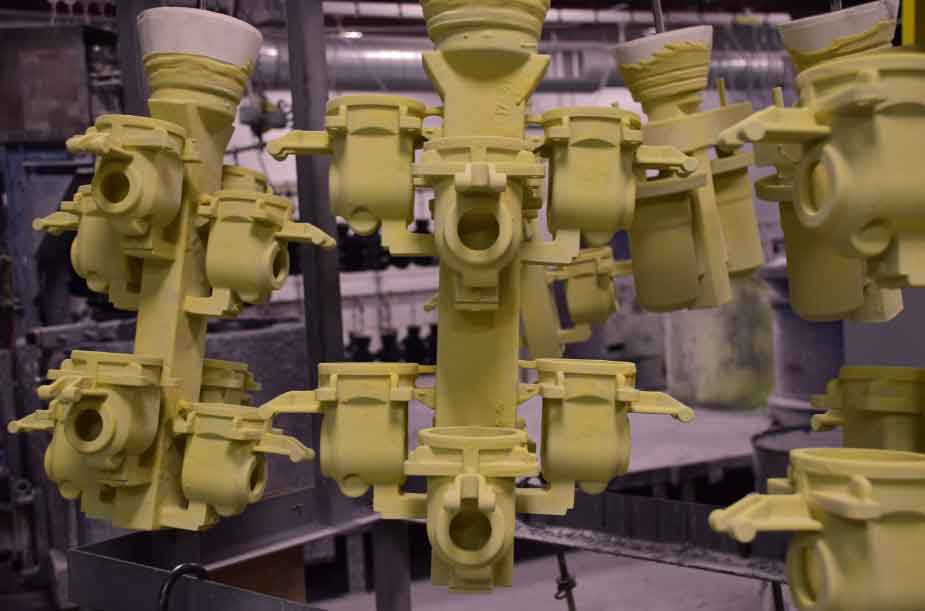
Investment casting, also known as lost-wax casting, offers significant advantages in enhancing manufacturing flexibility and customization. Let’s explore how investment casting achieves these benefits:
1. Design Flexibility:
Investment casting provides design flexibility, allowing manufacturers to create complex and customized components. The process enables the production of intricate shapes, thin walls, and internal features that may be challenging to achieve using other manufacturing methods. This design flexibility empowers manufacturers to optimize component functionality, aesthetics, and performance.
2. Customized Solutions:
Investment casting enables the production of customized components to meet specific requirements. Manufacturers can tailor the design, size, and material selection of castings based on customer needs and application demands. This customization capability ensures that the final components perfectly match the intended application, improving overall performance and customer satisfaction.
3. Material Versatility:
Investment casting supports a wide range of materials suitable for different applications. This includes various metals and alloys such as stainless steel, carbon steel, aluminum, titanium, and superalloys. The ability to select the most suitable material based on mechanical properties, corrosion resistance, or temperature resistance allows manufacturers to optimize the performance and durability of the cast components.
4. Near-Net Shape Manufacturing:
Investment casting is a near-net shape manufacturing process. It produces components that closely resemble the final desired shape, minimizing the amount of post-casting machining or finishing required. This reduces material waste, machining time, and costs associated with additional operations, improving manufacturing efficiency and flexibility.
5. Batch Production Capability:
Investment casting is suitable for batch production, allowing multiple components to be cast simultaneously. This batch production capability improves production efficiency and offers economies of scale. Manufacturers can optimize production schedules, utilize capacity effectively, and respond quickly to changing demands.
6. Rapid Prototyping and Iteration:
Investment casting enables rapid prototyping and iterative design refinement. By using the same process for prototyping and production, manufacturers can quickly produce functional prototypes and perform testing and evaluation. This iterative approach allows for design optimization, identifying and resolving any issues early in the development stage, and reducing time-to-market.
7. Tooling Efficiency:
Investment casting tooling, such as ceramic molds, can be used for multiple casting cycles, improving tooling efficiency and cost-effectiveness. The durable nature of the ceramic molds allows for the production of multiple components without the need for frequent mold replacements. This enhances manufacturing flexibility and reduces tooling costs.
8. Collaboration and Expertise:
Investment casting often involves collaboration between manufacturers and casting experts. The expertise of casting professionals ensures the proper execution of the casting process, from pattern creation to finishing. This collaboration enhances manufacturing flexibility by leveraging the knowledge and experience of specialists to achieve the desired customization and quality in the final components.
Investment casting’s ability to offer design flexibility, customization, material versatility, near-net shape manufacturing, batch production capability, rapid prototyping, tooling efficiency, and collaborative expertise enhances manufacturing flexibility and customization. This allows manufacturers to adapt to specific requirements, optimize component performance, and deliver customized solutions to meet diverse market demands.
